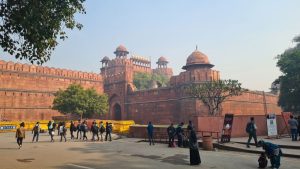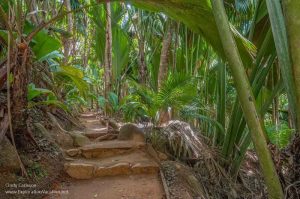Buddhist Monuments at Sanchi
A collection of stupas, temples and monasteries that make up the earliest Buddhist sanctuary in the world.

A collection of stupas, temples and monasteries that make up the earliest Buddhist sanctuary in the world.

Sicilian landmarks that showcase a blend of Arab, Norman and Byzantine influences in art and architecture.

Twenty-two 11th-century temples of the Chandela period, covered in exceptionally accomplished figurative stonework.

Remnants of early Islamic India, including Northern India’s oldest mosque and a minaret that is the highest stone structure in India.

An outstanding example of Mughal architecture on a grand scale, with later British colonial additions.

A Hokkaido peninsula of untamed natural beauty with a unique ecosystem due to the seasonal sea ice nearby.

A huge region of beautiful landscapes and archaeological sites, important in the history of the Mongol Empire as well as the Uighur people.

A collection of spiritually and culturally important pilgrimage sites that blend Buddhist and Shinto traditions in a natural environment.

12 sites designed for Louis XIV by the innovative military engineer Sebastien de Vauban in the late 17th-18th centuries.

A collection of shelters used by prehistoric people, many containing impressive Paleolithic works of art.

An ancient Nabatean town with a number of massive rock-cut tombs from the 1st century AD.

The oldest known intact lighthouse in the world, built by the Romans in the 1st century AD.

A vast and remote landscape of barren terrain, towering peaks and glaciers.

A cliff-side location with many well-preserved fossils from the period when species moved from sea to land.

A railway route through the Swiss Alps that represents an outstanding early-20th-century engineering and architectural achievement.

An important coal mining and iron production region in the Industrial Revolution.

A feat of hydraulic engineering from the Industrial Revolution, used to move vessels between very differing water levels.

A well-preserved and lively historical quarter that shows the influences of both Arab and Andalusian culture on its art and architecture.

A site dating to thousands of years ago where flint was mined to create axes and other tools.

A grandiose 17th-century lighthouse meant both for navigation and for projecting an image of royal power.

A Romanesque masterpiece and the charming village around it, historically significant in terms of medieval Christianity.

A monastic community whose ideals of poverty and self-sufficiency are reflected in the structures they built.

A magnificent Gothic cathedral with stunning stained-glass windows.

A Romanesque church painted with vivid murals dating to the 11th and 12th centuries, important in the study of medieval Christian art.

A well-preserved classical Roman temple from the 1st century AD, dedicated to the heirs of Emperor Augustus.

An innovative hydraulic system that has provided clean water and power to Augsburg for centuries.

Of importance in terms of historical architecture and art, especially in churches, as well as for the unique ecosystem of the lake.

An 8th-century desert castle with unusual Umayyad-period frescoes.

One of the world’s largest and most beautiful waterfall systems, comprised of 275 individual waterfalls.

A vast and pristine natural landscape, important for its endemic species, geology, and ancient Aboriginal rock art.

A landscape of tin and copper mines that played a significant role in the Industrial Revolution in the UK and the world.

A primordial forest of unique endemic palm trees and other endemic species.

Two early and fine examples of Neoclassical architecture, designed by Thomas Jefferson, 3rd president of the US.

A beautiful and constantly-shifting landscape of dunes and rainy-season ponds and lakes.

Christian holy city with a 1000-year history as the endpoint of pilgrimage routes across Spain and France.

Caves, temples and sculptures that represent a unique testimony to the 6th-9th-century Pallavas civilization.